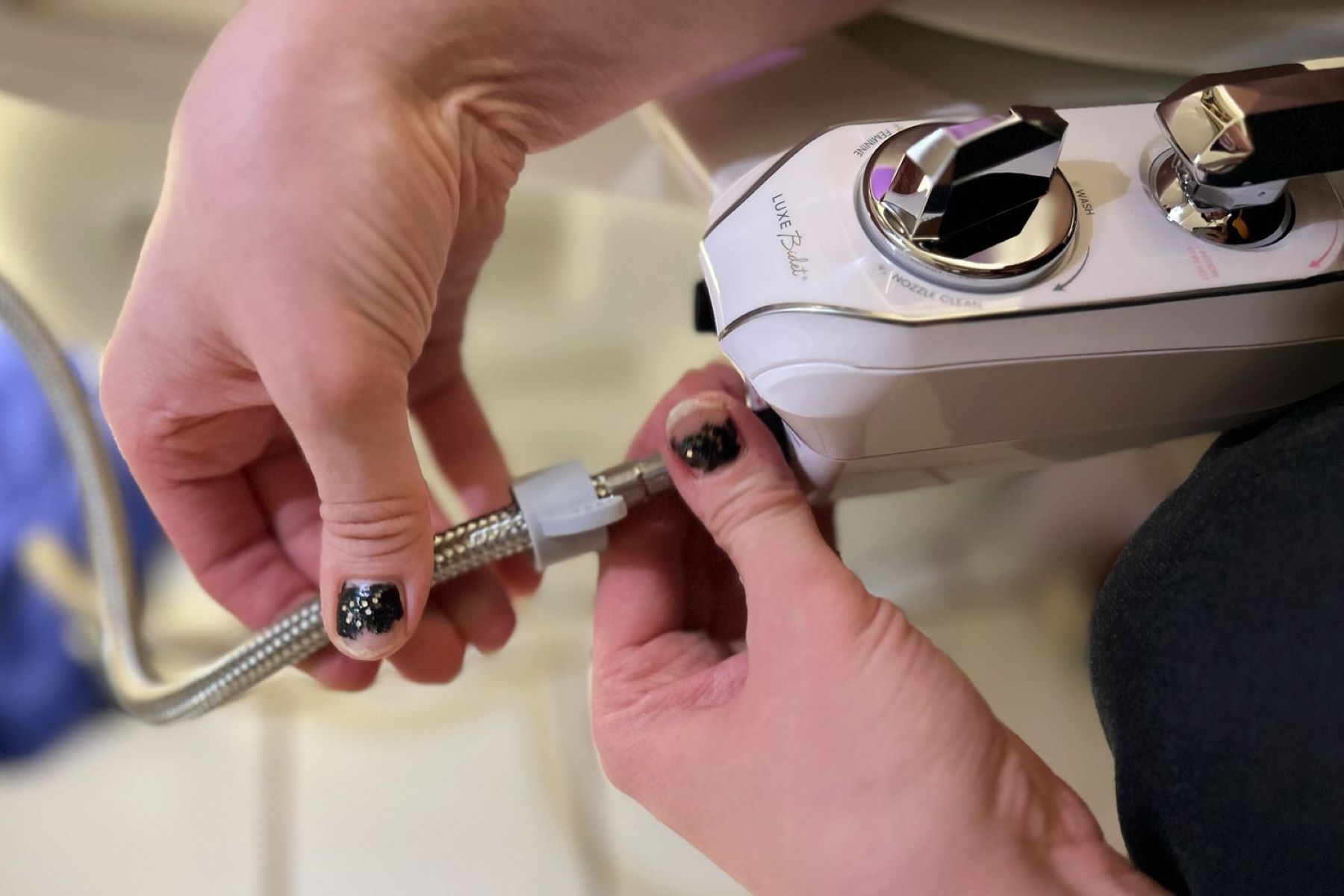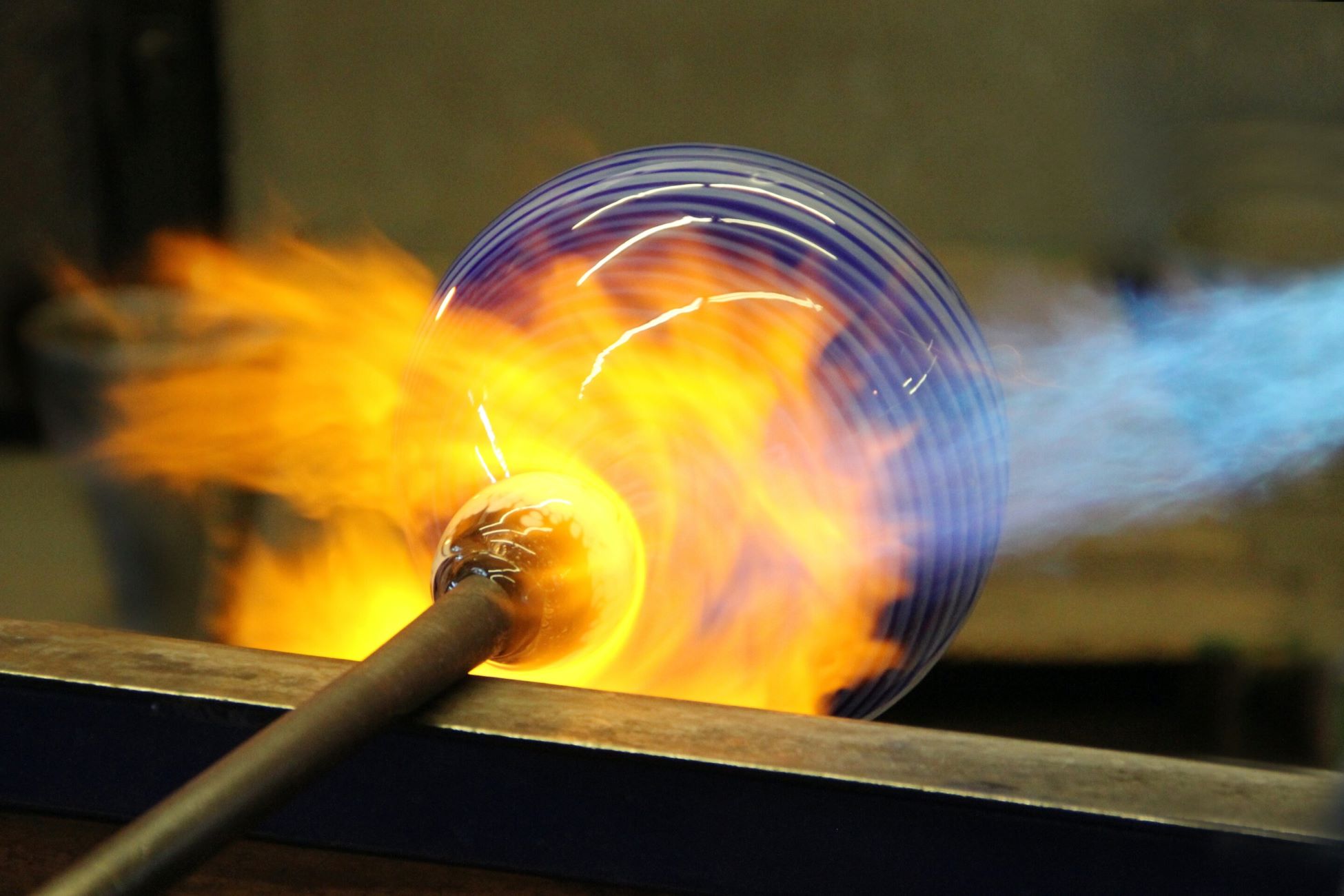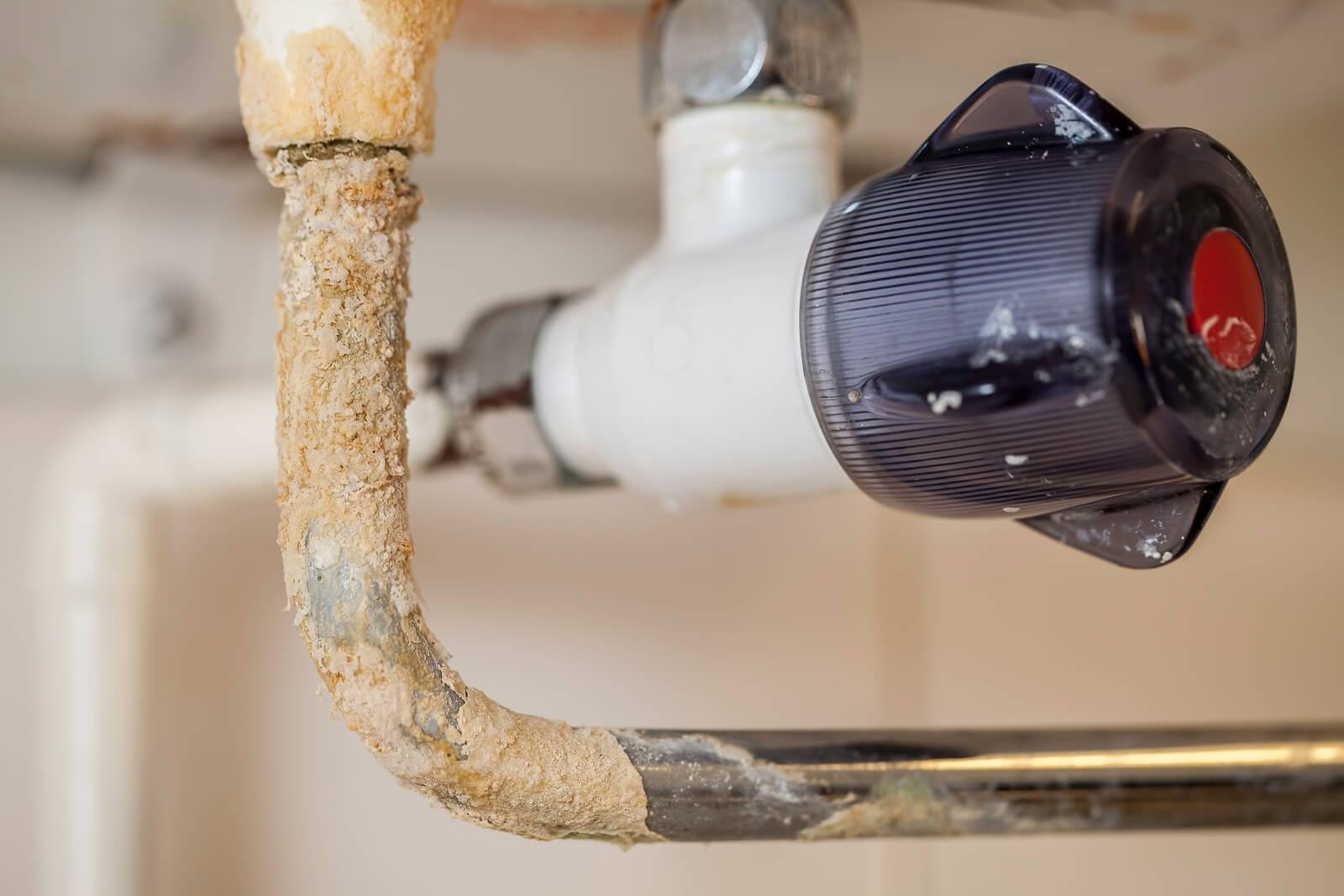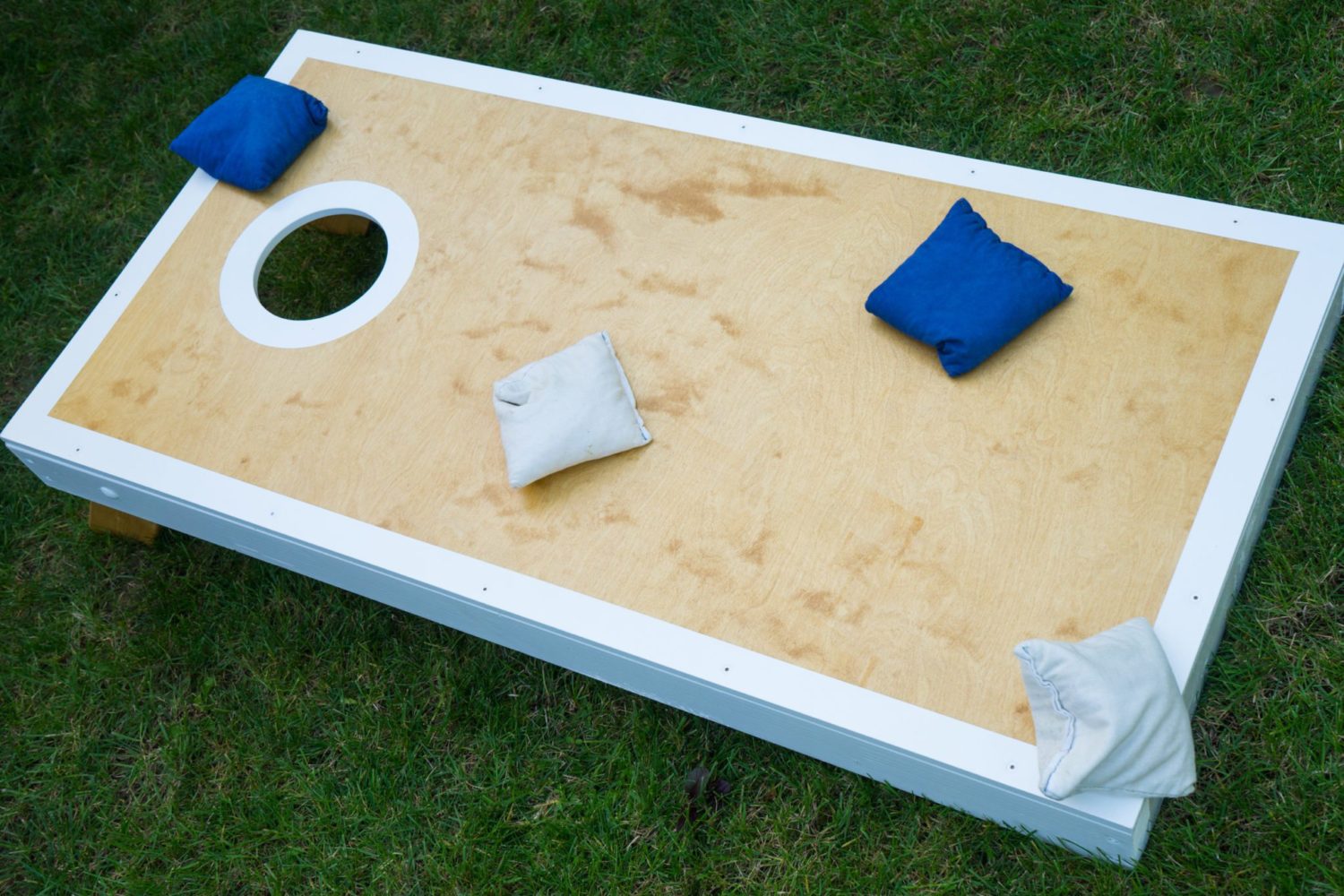Home>Furniture & Design>Bathroom Accessories>Where Does The Bidet Water Come From


Bathroom Accessories
Where Does The Bidet Water Come From
Modified: October 18, 2024
Discover where bidet water comes from and how it enhances your bathroom experience. Explore the benefits of bidet attachments and other bathroom accessories.
(Many of the links in this article redirect to a specific reviewed product. Your purchase of these products through affiliate links helps to generate commission for Storables.com, at no extra cost. Learn more)
Introduction
The bidet, a bathroom accessory that has gained popularity in recent years, offers a refreshing and hygienic alternative to traditional toilet paper. One of the most common questions about bidets pertains to the source of the water used for cleansing. Understanding where the bidet water comes from is essential for users and potential buyers alike. This article delves into the various sources of bidet water and the plumbing connections involved, shedding light on the inner workings of this innovative bathroom fixture. Whether you are a bidet enthusiast or simply curious about this modern amenity, read on to discover the fascinating details behind the bidet water source.
Key Takeaways:
- Bidet water can come from the plumbing or a built-in reservoir. Plumbing connection offers continuous water supply and eco-friendly usage. Built-in reservoir provides flexibility and portability, suitable for various bathroom setups and travel.
Read more: Where Did The Bidet Come From
Bidet Water Source Options
When it comes to bidet water sources, there are two primary options: plumbing connection and built-in reservoir. Each option offers distinct advantages and considerations, catering to different user preferences and bathroom setups.
Plumbing Connection
Many modern bidet models are designed to connect directly to the existing plumbing in the bathroom. This setup allows the bidet to draw water from the same source that supplies the toilet tank or the main water line. By utilizing the plumbing connection, bidets can ensure a constant and reliable water supply for cleansing purposes. This method also eliminates the need for manual refilling, providing a seamless and convenient experience for users.
The plumbing connection option offers the benefit of unlimited access to water, making it ideal for households with frequent bidet usage. Additionally, this setup is well-suited for individuals who prefer a consistent water pressure and temperature during each use. It is important to note that professional installation may be required to establish the plumbing connection, ensuring proper integration with the existing water supply system.
Built-in Reservoir
Alternatively, some bidet models feature a built-in reservoir that stores a certain amount of water for cleansing. This self-contained reservoir eliminates the need for a direct plumbing connection, offering greater flexibility in terms of installation and placement within the bathroom. Users can simply fill the reservoir manually, either through a dedicated inlet or by removing and refilling the reservoir as needed.
The built-in reservoir option is particularly advantageous for individuals living in spaces where accessing the existing plumbing may be challenging or impractical. It also provides a portable solution for those who may want to move the bidet to different locations within the bathroom or even take it with them when traveling. However, it is important to consider the reservoir capacity, as it may require periodic refilling, especially in households with multiple users or frequent bidet usage.
In summary, the choice between a plumbing connection and a built-in reservoir as the bidet water source depends on individual preferences, bathroom layout, and practical considerations. Both options offer unique benefits, ensuring that users can enjoy the hygienic advantages of a bidet while accommodating their specific needs and living arrangements. Whether connected directly to the plumbing or equipped with a self-contained reservoir, bidets continue to provide a modern and sustainable approach to personal hygiene in the bathroom.
Plumbing Connection
Many modern bidet models are designed to connect directly to the existing plumbing in the bathroom. This setup allows the bidet to draw water from the same source that supplies the toilet tank or the main water line. By utilizing the plumbing connection, bidets can ensure a constant and reliable water supply for cleansing purposes. This method also eliminates the need for manual refilling, providing a seamless and convenient experience for users.
The plumbing connection option offers the benefit of unlimited access to water, making it ideal for households with frequent bidet usage. Additionally, this setup is well-suited for individuals who prefer a consistent water pressure and temperature during each use. It is important to note that professional installation may be required to establish the plumbing connection, ensuring proper integration with the existing water supply system.
One of the key advantages of the plumbing connection is the continuous and reliable water supply it provides to the bidet. This means that users can enjoy the cleansing benefits of the bidet without the need to monitor or refill a reservoir. The direct connection to the plumbing also ensures that the water pressure and temperature remain consistent, offering a comfortable and predictable experience with each use.
Furthermore, the plumbing connection option contributes to a more sustainable and eco-friendly approach to personal hygiene. By utilizing the existing water supply, bidets connected to the plumbing reduce the reliance on disposable toilet paper, promoting environmental conservation and reducing household waste. This aligns with the growing emphasis on sustainable living practices and eco-conscious choices in modern households.
It is important to consider the practical aspects of installing a bidet with a plumbing connection. Professional installation by a qualified plumber may be necessary to ensure that the bidet is integrated seamlessly with the existing plumbing system. This professional approach not only guarantees proper functionality but also provides peace of mind for users, knowing that the bidet is installed correctly and operates efficiently.
In summary, the plumbing connection option for bidet water source offers a reliable, sustainable, and convenient solution for personal hygiene in the bathroom. With continuous access to water and consistent pressure and temperature, bidets connected to the plumbing provide a modern and efficient alternative to traditional toilet paper, contributing to a more hygienic and environmentally conscious lifestyle.
Read more: Where Does Sink Water Come From
Built-in Reservoir
Alternatively, some bidet models feature a built-in reservoir that stores a certain amount of water for cleansing. This self-contained reservoir eliminates the need for a direct plumbing connection, offering greater flexibility in terms of installation and placement within the bathroom. Users can simply fill the reservoir manually, either through a dedicated inlet or by removing and refilling the reservoir as needed.
The built-in reservoir option is particularly advantageous for individuals living in spaces where accessing the existing plumbing may be challenging or impractical. It also provides a portable solution for those who may want to move the bidet to different locations within the bathroom or even take it with them when traveling. However, it is important to consider the reservoir capacity, as it may require periodic refilling, especially in households with multiple users or frequent bidet usage.
One of the key benefits of a bidet with a built-in reservoir is its versatility in terms of installation and placement. Since it does not rely on a direct plumbing connection, users have the freedom to install the bidet in various locations within the bathroom, based on their preferences and spatial constraints. This flexibility makes the built-in reservoir option suitable for a wide range of bathroom layouts and living arrangements.
Moreover, the built-in reservoir offers a convenient solution for individuals who may not have access to a dedicated water supply near the toilet area. By manually filling the reservoir, users can ensure that the bidet is always ready for use, regardless of the bathroom's existing plumbing configuration. This feature is particularly beneficial for renters or individuals living in older homes where modifying the plumbing may not be feasible.
Additionally, bidets with built-in reservoirs provide a portable hygiene solution for travelers or individuals who frequently move residences. The ability to fill and refill the reservoir as needed allows users to maintain their hygiene routines even when away from home. This portability adds a layer of convenience and comfort, especially for those who prioritize personal hygiene and cleanliness during travel or temporary stays.
In summary, the built-in reservoir option for bidet water source offers versatility, convenience, and portability for users seeking a flexible and self-contained hygiene solution in the bathroom. Whether accommodating challenging plumbing configurations, enabling portable hygiene options, or providing flexibility in installation, bidets with built-in reservoirs cater to diverse user needs and preferences, enhancing the accessibility and practicality of modern hygiene amenities.
The bidet water comes from the same water supply as the toilet. It is connected to the water line and has a separate nozzle for spraying water for cleaning.
Conclusion
In conclusion, the source of bidet water plays a crucial role in determining the functionality, convenience, and practicality of this modern bathroom accessory. Whether connected to the existing plumbing or equipped with a built-in reservoir, bidets offer a hygienic and sustainable alternative to traditional toilet paper, contributing to a more environmentally conscious approach to personal hygiene.
The plumbing connection option provides a reliable and continuous water supply, ensuring consistent pressure and temperature for a comfortable cleansing experience. This setup aligns with sustainable living practices by reducing reliance on disposable paper products and promoting water efficiency. Professional installation may be required, but the long-term benefits of a seamlessly integrated bidet connected to the plumbing make it a worthwhile investment for households seeking a convenient and eco-friendly hygiene solution.
On the other hand, bidets with built-in reservoirs offer flexibility and versatility in installation, catering to spaces where accessing the existing plumbing may be challenging. The self-contained reservoir allows for portable hygiene solutions, making it suitable for renters, travelers, and individuals with unique bathroom layouts. While periodic refilling is necessary, the built-in reservoir option provides a practical and convenient alternative for those seeking a customizable bidet experience.
Ultimately, the choice between a plumbing connection and a built-in reservoir as the bidet water source depends on individual preferences, living arrangements, and practical considerations. Both options offer distinct advantages, ensuring that users can enjoy the hygienic benefits of a bidet while accommodating their specific needs and bathroom setups.
As bidets continue to gain popularity and become an integral part of modern bathroom design, understanding the source of bidet water is essential for users and homeowners. By considering the available options and their respective benefits, individuals can make informed decisions when selecting a bidet that best suits their lifestyle and hygiene preferences.
In essence, the bidet water source reflects the innovation and adaptability of modern bathroom accessories, offering users a personalized and sustainable approach to personal hygiene. Whether seamlessly integrated with the existing plumbing or equipped with a self-contained reservoir, bidets exemplify the intersection of convenience, sustainability, and comfort in the contemporary bathroom environment.
Frequently Asked Questions about Where Does The Bidet Water Come From
Was this page helpful?
At Storables.com, we guarantee accurate and reliable information. Our content, validated by Expert Board Contributors, is crafted following stringent Editorial Policies. We're committed to providing you with well-researched, expert-backed insights for all your informational needs.















0 thoughts on “Where Does The Bidet Water Come From”